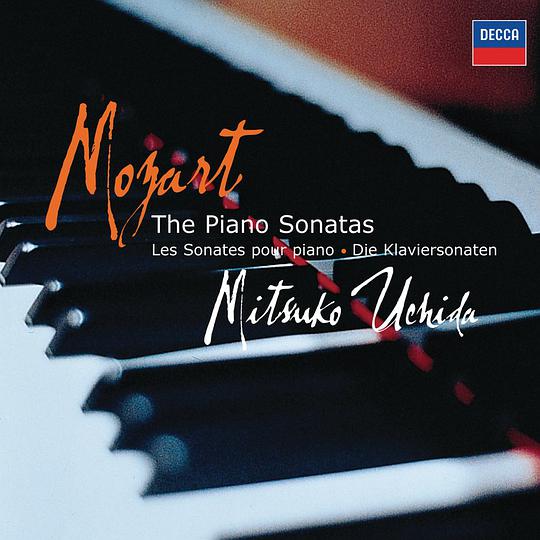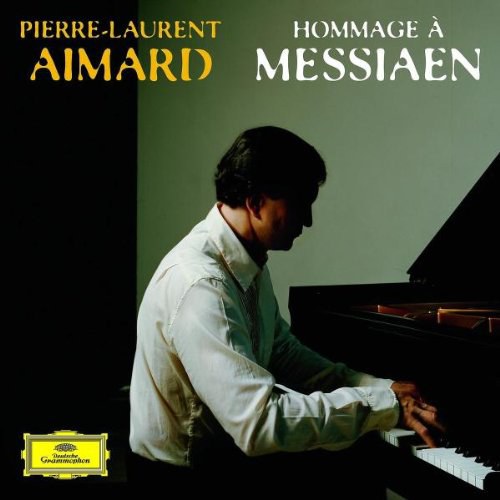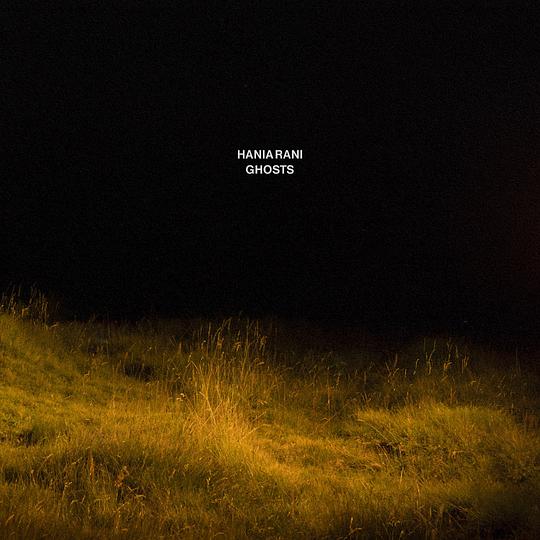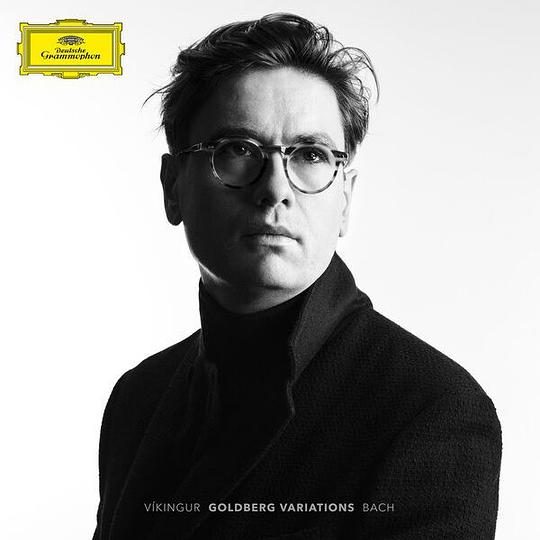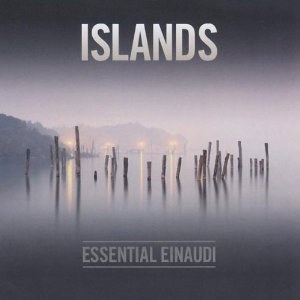Ver Sacrum 豆瓣
Bruno Sanfilippo
类型:
轻音乐
发布日期 1970年1月1日
出版发行:
ad21
VER SACRUM
Throughout history, this expression has been used to describe various ritual group expulsions and the deduction of colonies, particularly with regard to people getting back to nature.
For example, the Italian town of Nocera was founded in the 7th Century BC by inhabitants from Camerinum, who left their ancestral homeland during a so-called Ver Sacrum.
In ancient Rome, during times of calamities such as pandemics, earthquakes, wars, or plagues, they used to devote children born in spring – from the 1st of March to the 30th of April – to the gods Jupiter and Mars. Then, when they turned 20 or 21, these children were required to leave the community to begin new settlements” ad21
*************
Sounding like some long lost, sacred canon, Ver Sacrum – the new album from Bruno Sanfilippo – marks something of a departure for the Barcelona-based pianist and composer. Far more orchestral in nature, there’s a spiritual, quasi-religious force to these pieces; strings swoop and soar, maudlin organs plough slowly, sorrowfully forward, while several sopranos add to the ecclesiastical air. But there’s hope and joy here too, and a childlike playfulness – playing these tensions against each other is what makes Ver Sacrum such an intense, rewarding listen. Inspired and informed by the ancient custom of ritualised expulsions of the same name, one can find the whole spectrum of humanity within these nine pieces: sorrow, loss, love, rebirth, change, hope, and the indefatigable human spirit. It’s what gives this music its power. Derek Robertson, journalist and music writer: Guardian, Independent, NME, VICE, Timeout, The Quietus, The Face.
"It’s an emotional journey through the many notions of humanity. One which I implore you to explore. Absolutely exquisite in every sonic detail. Don’t miss out!" Headphone Commute.
more: hcdi.gs/VerSacrum
"Il nuovo lavoro di Bruno Sanfilippo incanta e commuove, smuove ricordi e immagini arcaiche, riesce a trasmettere il senso della Natura come presenza che governa il nostro respiro (...) Ver Sacrum è PUREZZA E SACRALITA’ NECESSARIE" ROCKERILLA Magazine.
"Trame melodiche pervase da profondo intimismo, tessute con eleganza sulla tastiera del pianoforte. È questa l’immagine a cui – a ragione – viene associato il profilo artistico di Bruno Sanfilippo, una pratica neoclassica fatta di emozione e perizia esecutiva, sviluppata spesso in totale solitudine. Eppure Redes, pubblicato lo scorso autunno, sfuggiva in parte a questo assunto presentandoci il musicista argentino di base a Barcellona in una veste marcatamente ibrida alle prese con modulazioni sintetiche calde profondamente intersecate al suo abituale pianismo.
Ver Sacrum, la sua opera più recente, definisce un ulteriore scarto mettendo definitivamente in secondo piano lo strumento d’elezione a favore di una coralità orchestrale – sperimentata già nell’ottimo Unity prodotto per Dronarivm – che affida alla sacralità dell’organo, alle qualità struggenti degli archi e al toccante contributo della voce la sua piena espressione. Sanfilippo qui è innanzitutto compositore – malgrado esegua personalmente quasi ogni partitura – regista di una suite in nove movimenti che presenta l’alternanza dei sentimenti dell’uomo mutuati dal rituale arcaico della Primavera Sacra, celebrazione atta a propiziare il superamento di un momento di difficoltà attraverso un processo di distacco e nuova fondazione.
Sacred Spring ne dipinge l’aura solenne con le sue armonie gravi, Camerinum mette in risalto il contributo fondamentale del canto lirico, mentre The Children’s Ceremony – sospinta dalla voce cristallina del violino di Laura Masotto e dalla controparte profonda offerta dal violoncello di Antonio Cortesi – offre l’immagine di speranza luminosa connesso al rito, rimandando alle pagine più briose del capolavoro vivaldiano. Spetta a Numen ricondurci parzialmente verso scenari più essenziali e a Superstition segnare l’apice di solennità di un lavoro che affascina e commuove senza sosta in ogni suo passaggio." SoWhat
Throughout history, this expression has been used to describe various ritual group expulsions and the deduction of colonies, particularly with regard to people getting back to nature.
For example, the Italian town of Nocera was founded in the 7th Century BC by inhabitants from Camerinum, who left their ancestral homeland during a so-called Ver Sacrum.
In ancient Rome, during times of calamities such as pandemics, earthquakes, wars, or plagues, they used to devote children born in spring – from the 1st of March to the 30th of April – to the gods Jupiter and Mars. Then, when they turned 20 or 21, these children were required to leave the community to begin new settlements” ad21
*************
Sounding like some long lost, sacred canon, Ver Sacrum – the new album from Bruno Sanfilippo – marks something of a departure for the Barcelona-based pianist and composer. Far more orchestral in nature, there’s a spiritual, quasi-religious force to these pieces; strings swoop and soar, maudlin organs plough slowly, sorrowfully forward, while several sopranos add to the ecclesiastical air. But there’s hope and joy here too, and a childlike playfulness – playing these tensions against each other is what makes Ver Sacrum such an intense, rewarding listen. Inspired and informed by the ancient custom of ritualised expulsions of the same name, one can find the whole spectrum of humanity within these nine pieces: sorrow, loss, love, rebirth, change, hope, and the indefatigable human spirit. It’s what gives this music its power. Derek Robertson, journalist and music writer: Guardian, Independent, NME, VICE, Timeout, The Quietus, The Face.
"It’s an emotional journey through the many notions of humanity. One which I implore you to explore. Absolutely exquisite in every sonic detail. Don’t miss out!" Headphone Commute.
more: hcdi.gs/VerSacrum
"Il nuovo lavoro di Bruno Sanfilippo incanta e commuove, smuove ricordi e immagini arcaiche, riesce a trasmettere il senso della Natura come presenza che governa il nostro respiro (...) Ver Sacrum è PUREZZA E SACRALITA’ NECESSARIE" ROCKERILLA Magazine.
"Trame melodiche pervase da profondo intimismo, tessute con eleganza sulla tastiera del pianoforte. È questa l’immagine a cui – a ragione – viene associato il profilo artistico di Bruno Sanfilippo, una pratica neoclassica fatta di emozione e perizia esecutiva, sviluppata spesso in totale solitudine. Eppure Redes, pubblicato lo scorso autunno, sfuggiva in parte a questo assunto presentandoci il musicista argentino di base a Barcellona in una veste marcatamente ibrida alle prese con modulazioni sintetiche calde profondamente intersecate al suo abituale pianismo.
Ver Sacrum, la sua opera più recente, definisce un ulteriore scarto mettendo definitivamente in secondo piano lo strumento d’elezione a favore di una coralità orchestrale – sperimentata già nell’ottimo Unity prodotto per Dronarivm – che affida alla sacralità dell’organo, alle qualità struggenti degli archi e al toccante contributo della voce la sua piena espressione. Sanfilippo qui è innanzitutto compositore – malgrado esegua personalmente quasi ogni partitura – regista di una suite in nove movimenti che presenta l’alternanza dei sentimenti dell’uomo mutuati dal rituale arcaico della Primavera Sacra, celebrazione atta a propiziare il superamento di un momento di difficoltà attraverso un processo di distacco e nuova fondazione.
Sacred Spring ne dipinge l’aura solenne con le sue armonie gravi, Camerinum mette in risalto il contributo fondamentale del canto lirico, mentre The Children’s Ceremony – sospinta dalla voce cristallina del violino di Laura Masotto e dalla controparte profonda offerta dal violoncello di Antonio Cortesi – offre l’immagine di speranza luminosa connesso al rito, rimandando alle pagine più briose del capolavoro vivaldiano. Spetta a Numen ricondurci parzialmente verso scenari più essenziali e a Superstition segnare l’apice di solennità di un lavoro che affascina e commuove senza sosta in ogni suo passaggio." SoWhat

